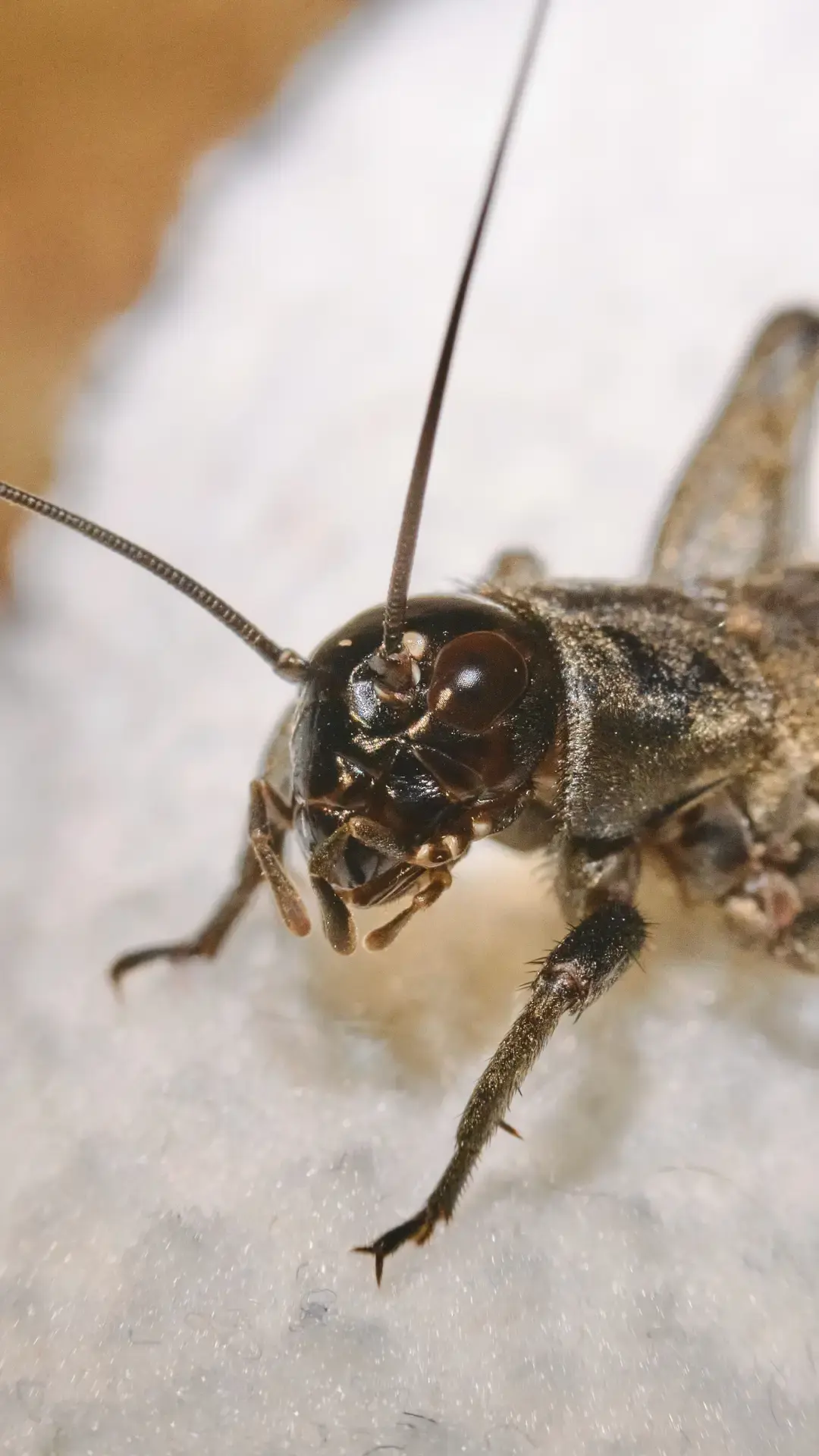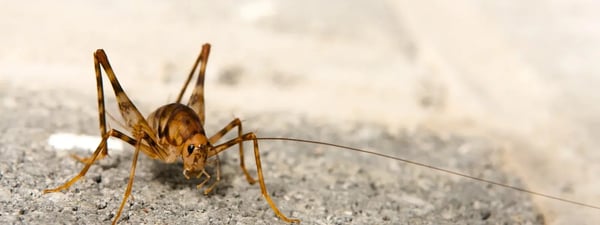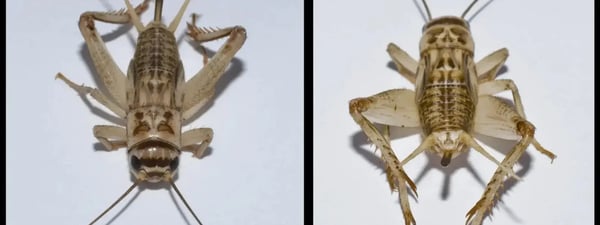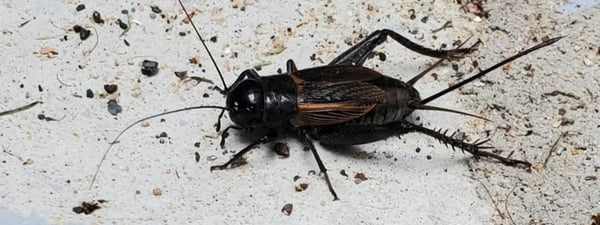Your Local Cricket Exterminators
Serving Long Island | Queens
Crickets may seem harmless, but they can quickly become a persistent nuisance in your home. While DIY methods exist, professional extermination ensures long-term relief from these noisy pests and prevents potential damage.
If you got crickets in your home or business, EM Pest Control's expert technicians have the tools and experience to eliminate and prevent crickets safely and effectively. Say goodbye to crickets and hello to peace of mind!




